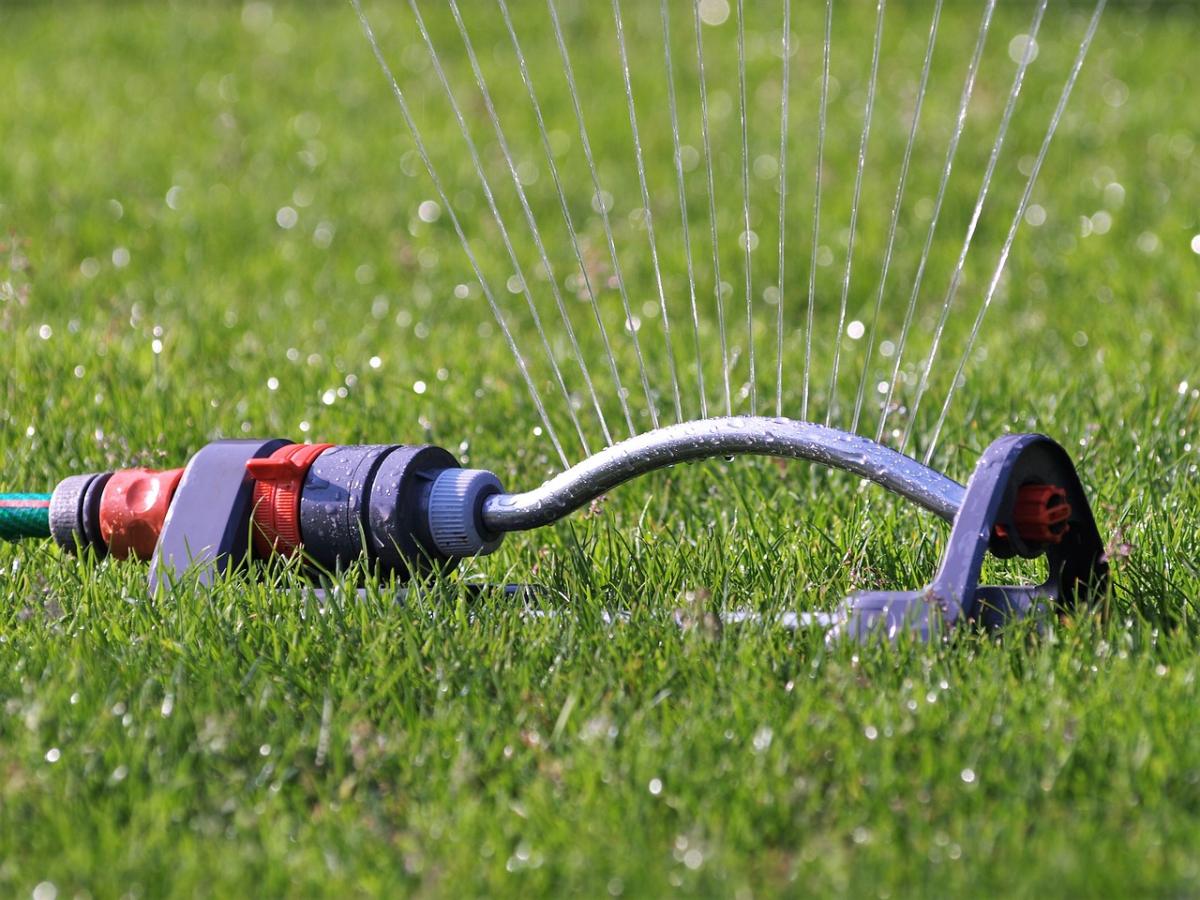Timing is everything when it comes to sprinkling grass. You don’t want to start too early in the spring when the soil is still cold, but you also don’t want to wait too long. A good rule of thumb is to wait until the temperatures are consistently between 60 and 75 degrees Fahrenheit. This range is perfect for grass seeds to germinate and establish a strong root system.
Spring is the prime time for most grass types. If you’re looking at cool-season grasses like Kentucky bluegrass or fescue, aim to sprinkle them in early to mid-spring. This timing helps the grass get established before the summer heat kicks in. On the other hand, if you’re going with warm-season grasses like Bermuda or zoysia, late spring is your sweet spot when the soil has warmed up.
Another thing to consider is the weather. It’s best to avoid sprinkling before a heavy rainfall, but you don’t want to wait too long either. If you’re expecting a dry spell, get those seeds down before the rain comes, so they can soak up the moisture they need to thrive.
Don’t forget about your local climate. If you live in a place with a colder climate, your timelines will shift a bit later than those in warmer areas. Always keep an eye on your specific region’s weather patterns to get it just right!
Best Weather for Grass Sprinkles
If you're looking to get the best results from your grass sprinkles, timing is everything. Weather plays a big role in helping those seeds flourish, so let’s break it down.
Cool, cloudy days are your best friends when using grass sprinkles. The moisture in the air helps the seeds settle into the soil without drying out. Plus, the shade keeps temperatures down, reducing stress on those new sprouts. Aim for a day with a light drizzle or forecasted rain; your seeds will love that extra drink!
Avoid hot, sunny days if you can help it. The sun can bake the soil and dry out your seeds before they even get a chance to take root. If you have to sprinkle seeds in the heat, make sure to water them right afterward. Giving your new grass a good soak keeps them cool and happy.
Windy days aren’t ideal either. Wind can blow your seeds around, making it tough for them to land where you want them. Try to pick a calm day for the best results. You want those seeds to settle snugly in the right spot!
Timing for New Grass Seed
Timing is everything when it comes to planting new grass seed. You want to ensure those seeds get the best chance to germinate and grow healthy. The best times to plant grass seed depend on the type of grass and your local climate.
For cool-season grasses, like Kentucky bluegrass and fescue, aim for early spring or early fall. Spring planting should happen after the last frost, usually around mid-April to May. Fall is often ideal, too, since the temperatures are cooler, and there’s typically more rainfall. If you're planting in the fall, do it at least 4 to 6 weeks before the first hard frost.
Warm-season grasses, such as Bermuda and zoysia, prefer late spring to early summer for planting. Look for temperatures consistently above 65°F. This is typically around late May to early June. These grasses thrive in the heat and will establish well when the soil is warm.
Keep a close eye on weather patterns as you plan your planting. If you can, prepare your soil ahead of time, so you're ready to throw down those seeds when the time is right. Watering is crucial after you seed. Keeping the soil moist without making it soggy will help those new grass plants get rooted and grow strong.
Aftercare Following Grass Sprinkling
You've just sprinkled your lawn, and now what? Taking care of your grass after watering is just as important as the sprinkling itself. Let’s dive right into some essential aftercare tips to ensure your lawn thrives.
First off, keep an eye on the weather. If it’s going to rain heavily, you might not need to sprinkle again for a bit. On sunny days, make sure you're checking the soil moisture. Stick your finger an inch or two into the soil. If it feels dry, it’s time for another round of watering. Aim for early morning or late afternoon when the sun isn’t blazing.
Next, it's all about the right mowing schedule. Don’t mow right after watering. This can stress your grass. Wait until the blades are dry. When you do mow, keep the height higher in the summer months. This helps the grass retain moisture and protects it from drying out.
Lastly, think about fertilization. Depending on your grass type, you might want to consider applying a slow-release fertilizer after watering. This gives your grass the nutrients it needs without risking fertilizer burn. Just follow the instructions carefully to avoid overdoing it!

